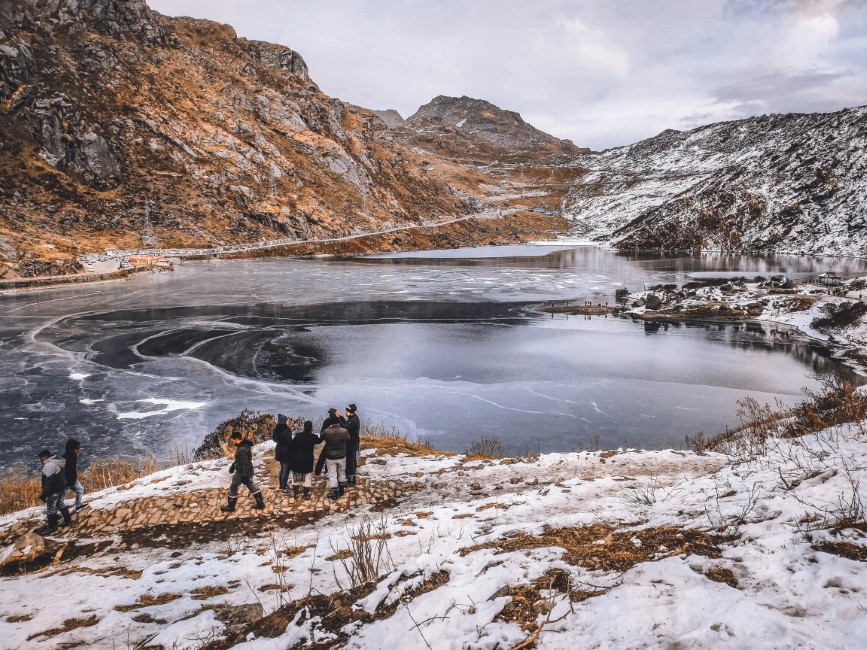Sikkim, with its breathtaking landscapes and rich cultural heritage, is a dream destination for many travelers. To make your visit smooth and enjoyable, it’s important to be well-prepared and aware of local customs and regulations. Here are essential travel tips to help you explore Sikkim confidently and respectfully.
1. Permit Requirements
Why read this: Sikkim requires special permits for most tourists to protect its environment and culture.
Do: Obtain the Inner Line Permit (ILP) or Protected Area Permit (PAP) before entering, especially if traveling to North Sikkim or border areas.
Don’t: Attempt to visit restricted zones without proper permits, as it can lead to fines or denial of entry.
Final tip: Apply for permits online or through your travel agent well in advance to avoid last-minute hassles.
2. Weather and Clothing
Why read this: Sikkim’s weather varies greatly with altitude and seasons.
Do: Pack layers of warm clothing, waterproof jackets, and sturdy walking shoes regardless of the season.
Don’t: Rely only on summer clothes; nights can be chilly even in warmer months.
Final tip: Carry gloves and a hat if you plan to trek or visit high-altitude areas.
3. Altitude Sickness Awareness
Why read this: Many parts of Sikkim lie at high altitudes, posing risks of altitude sickness.
Do: Acclimatize gradually by spending a day or two at lower elevations before ascending higher.
Don’t: Rush into high-altitude areas like Lachung or Gurudongmar Lake without proper acclimatization.
Final tip: Stay hydrated and carry medicines like Diamox if you are prone to altitude sickness.
4. Respect Local Culture
Why read this: Sikkim is home to diverse ethnic groups with rich traditions and customs.
Do: Dress modestly, especially when visiting monasteries and villages.
Don’t: Take photos of people or religious sites without permission.
Final tip: Learn a few basic greetings in local languages like Lepcha or Bhutia—it goes a long way.
5. Connectivity and Internet
Why read this: Mobile and internet connectivity can be patchy in remote parts of Sikkim.
Do: Purchase a local SIM card with good network coverage in Gangtok or bigger towns.
Don’t: Expect reliable internet in remote villages and trekking routes.
Final tip: Download maps and important information offline before heading to isolated areas.
6. Food and Water Safety
Why read this: Street food is delicious but can sometimes cause stomach issues for travelers.
Do: Eat at clean, recommended eateries and drink bottled or boiled water.
Don’t: Consume raw salads or tap water directly.
Final tip: Carry basic medication for digestion and stay hydrated.
7. Travel Insurance and Health
Why read this: Accidents and illnesses can happen in remote areas.
Do: Get comprehensive travel insurance covering trekking and high-altitude activities.
Don’t: Ignore health issues or avoid medical help if feeling unwell.
Final tip: Keep emergency contact numbers handy and know the nearest healthcare facilities.
8. Transportation Tips
Why read this: Roads in Sikkim can be narrow, winding, and sometimes affected by landslides.
Do: Hire experienced local drivers and plan extra travel time.
Don’t: Drive yourself unless you are confident with mountain driving.
Final tip: Check weather and road conditions daily, especially during monsoon.
9. Responsible Tourism
Why read this: Sikkim’s fragile ecosystem requires mindful travel practices.
Do: Carry reusable water bottles and avoid plastic use.
Don’t: Litter or disturb wildlife and natural habitats.
Final tip: Support local businesses and eco-friendly accommodations.
10. Currency and Payments
Why read this: Cash is king in many parts of Sikkim, especially remote areas.
Do: Carry sufficient cash in small denominations.
Don’t: Rely solely on cards or digital payments in villages.
Final tip: Exchange money or withdraw cash in Gangtok or larger towns before heading to remote regions.
Feature Image:- Photo by KARTIK BHATARE

